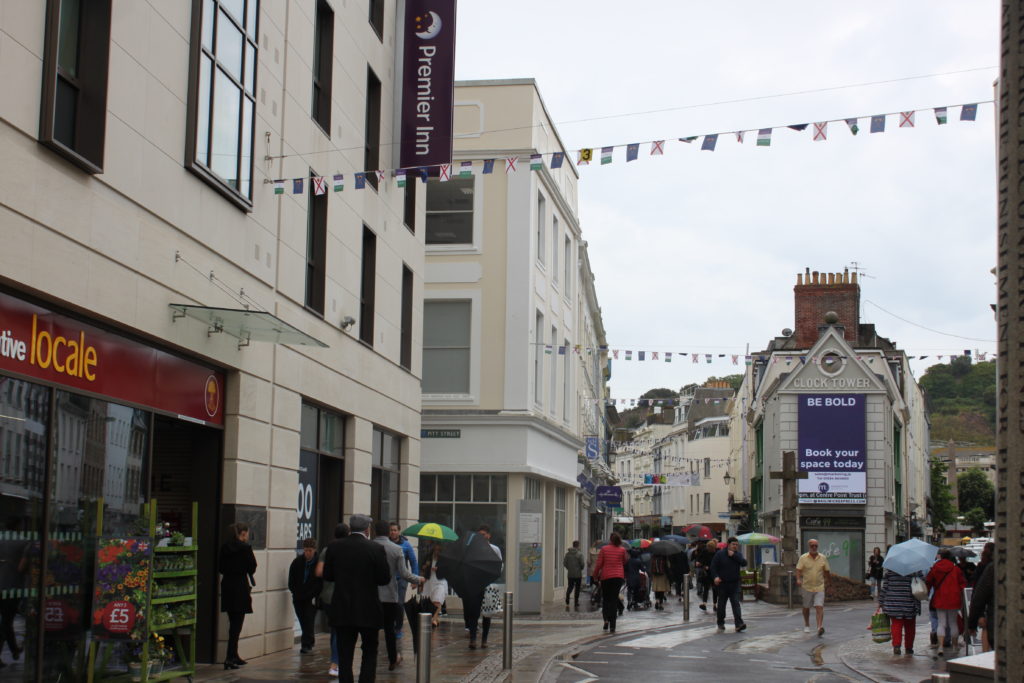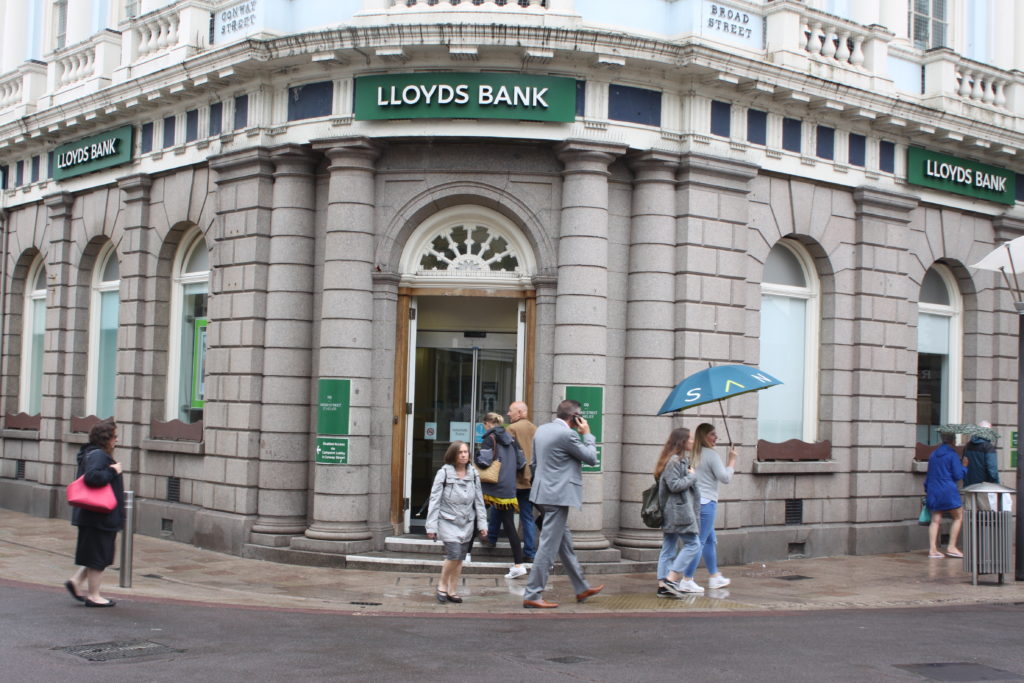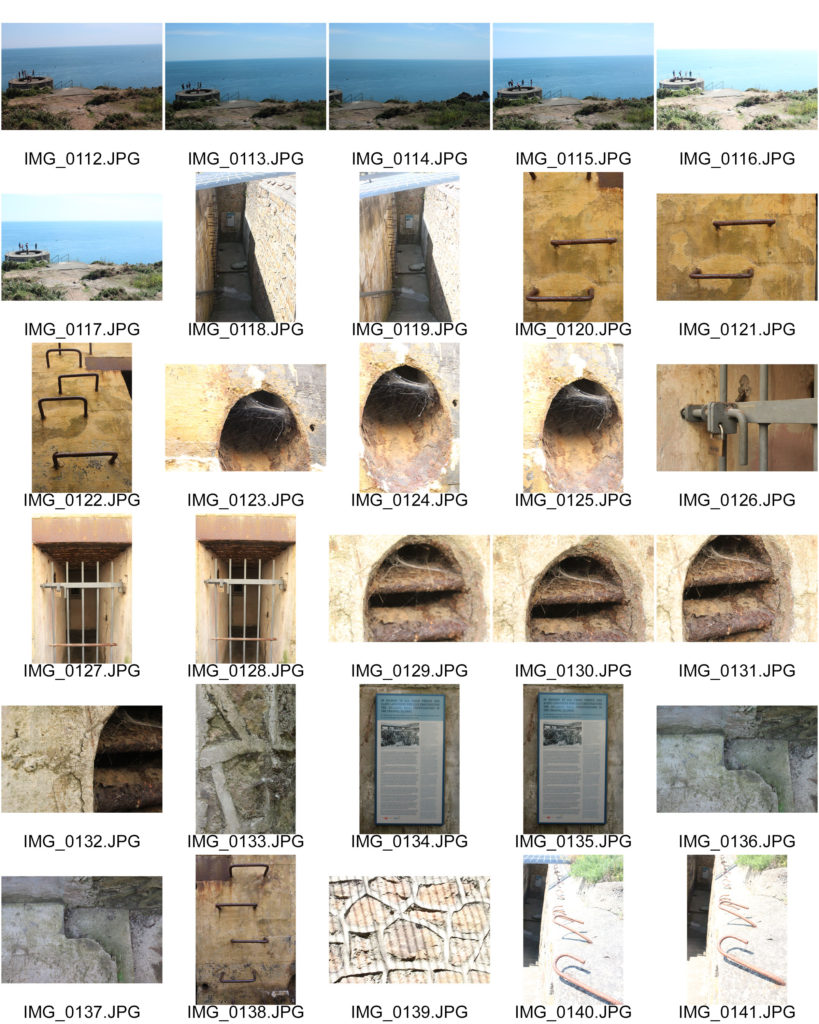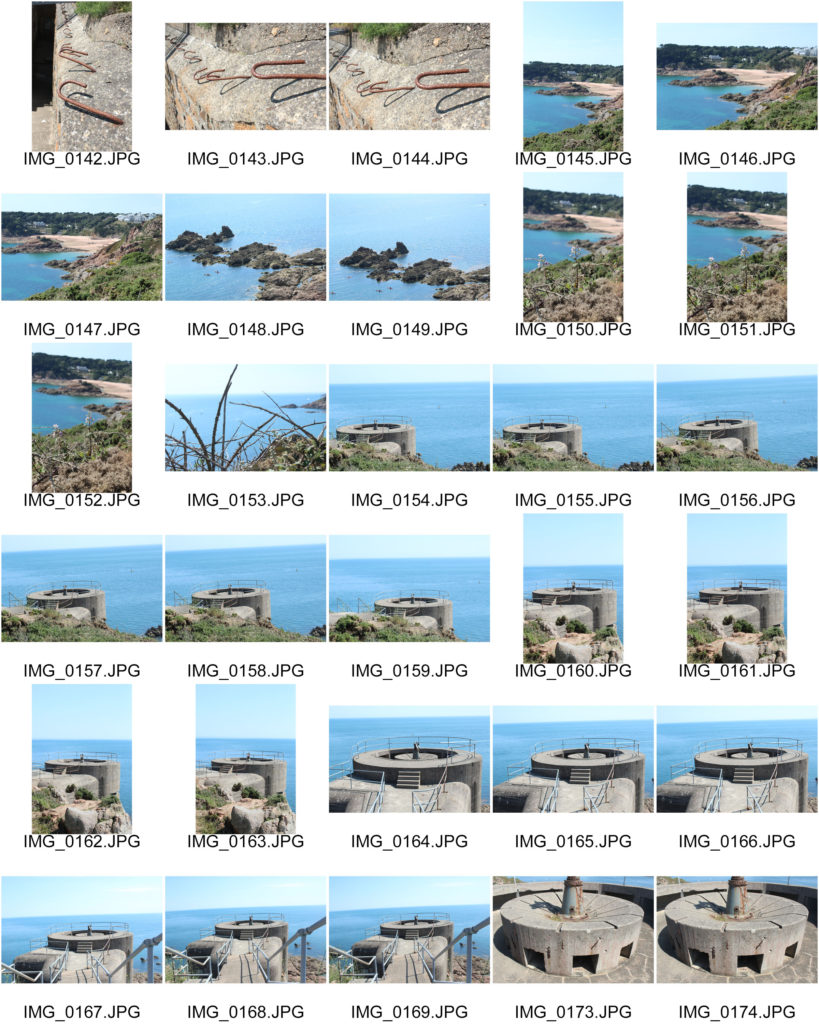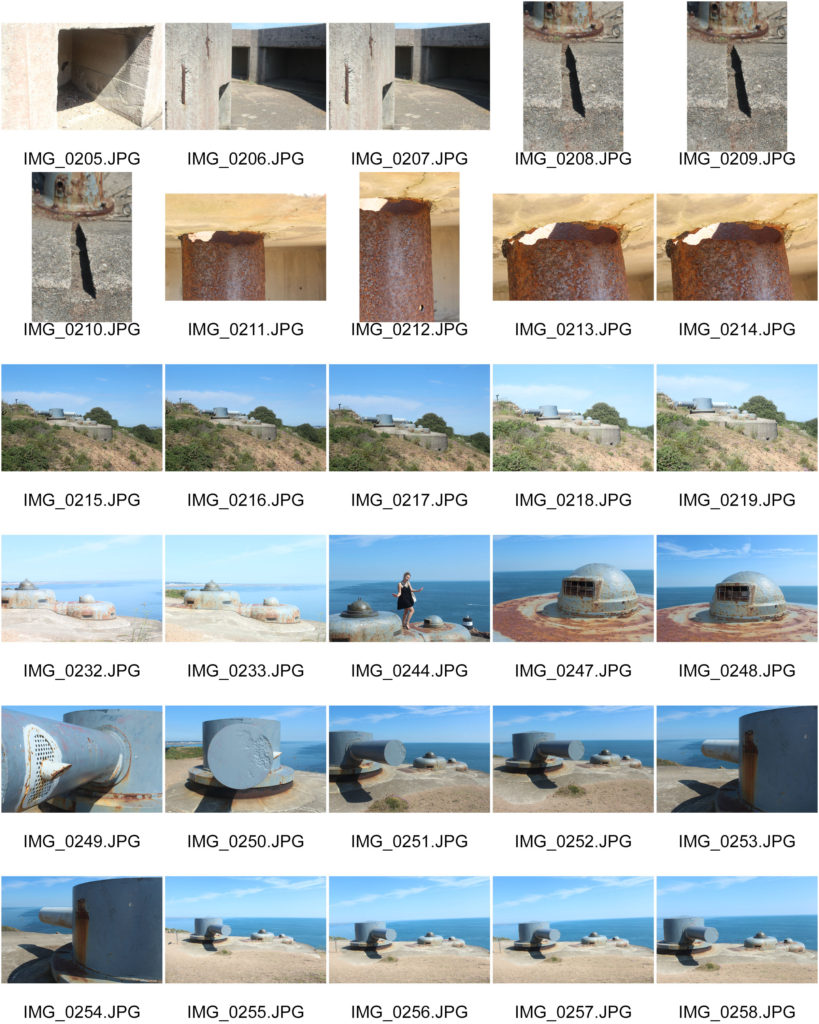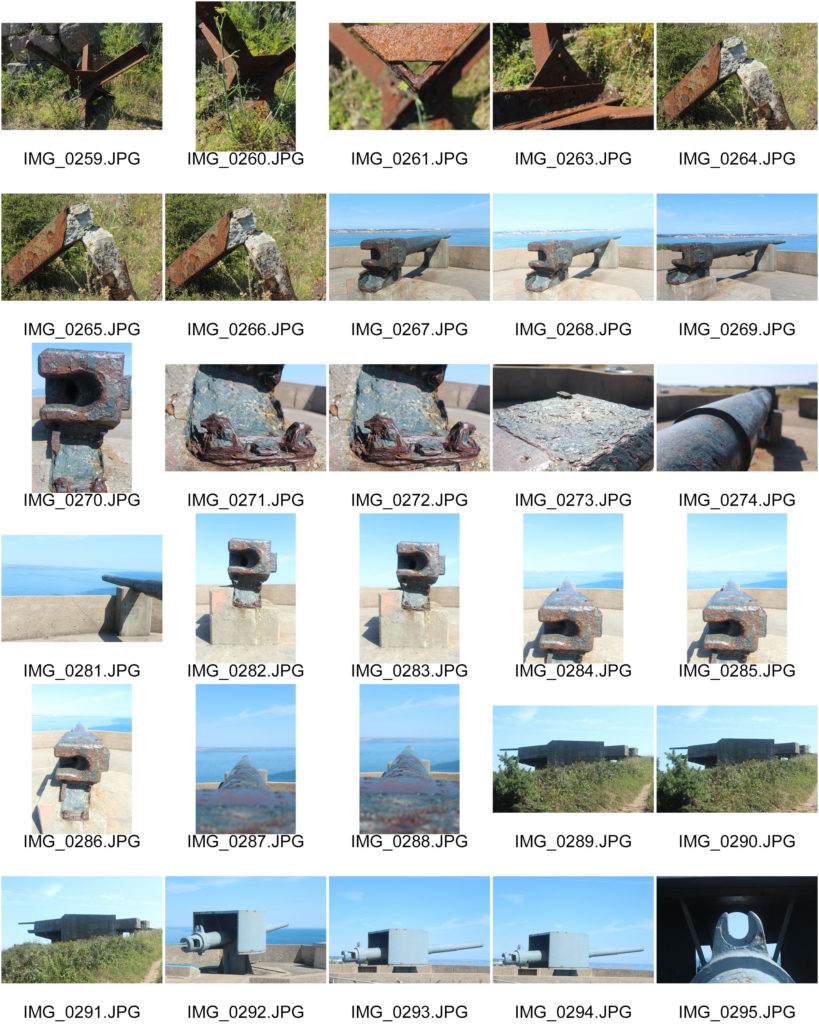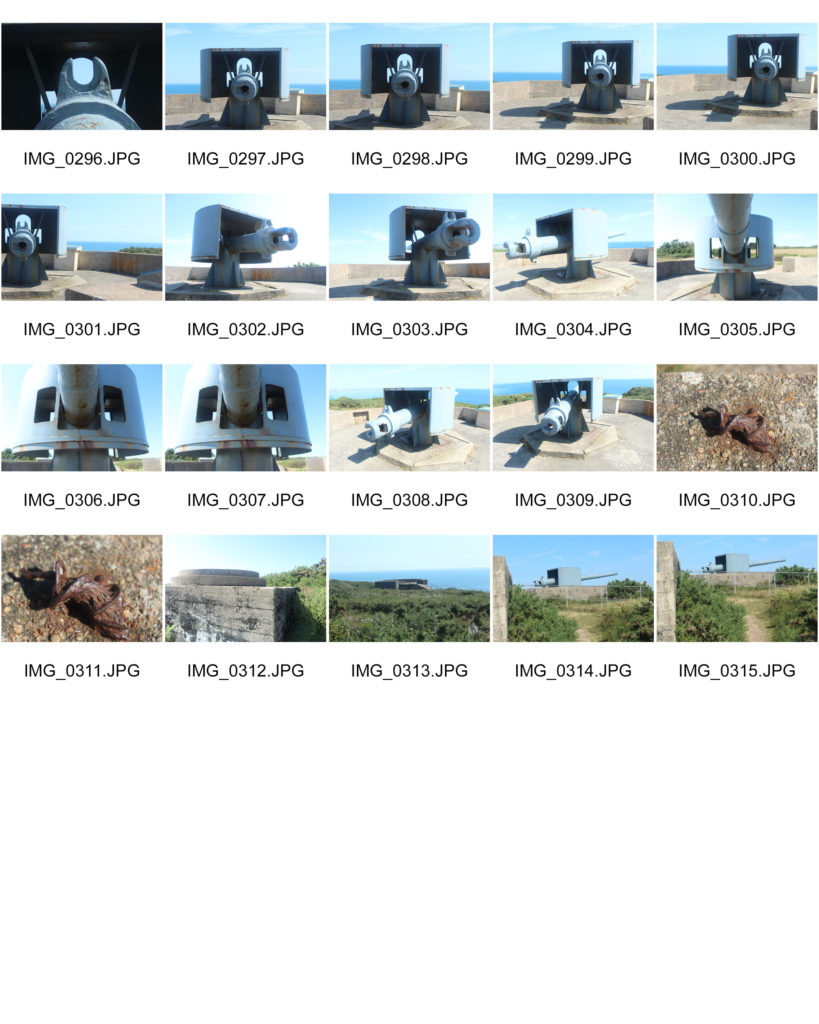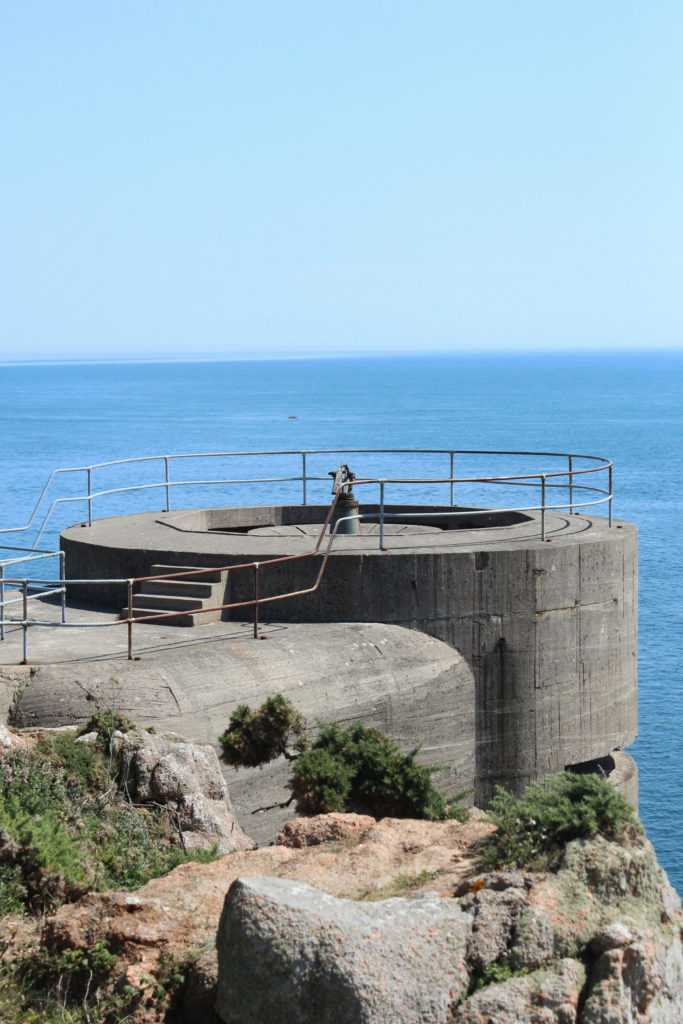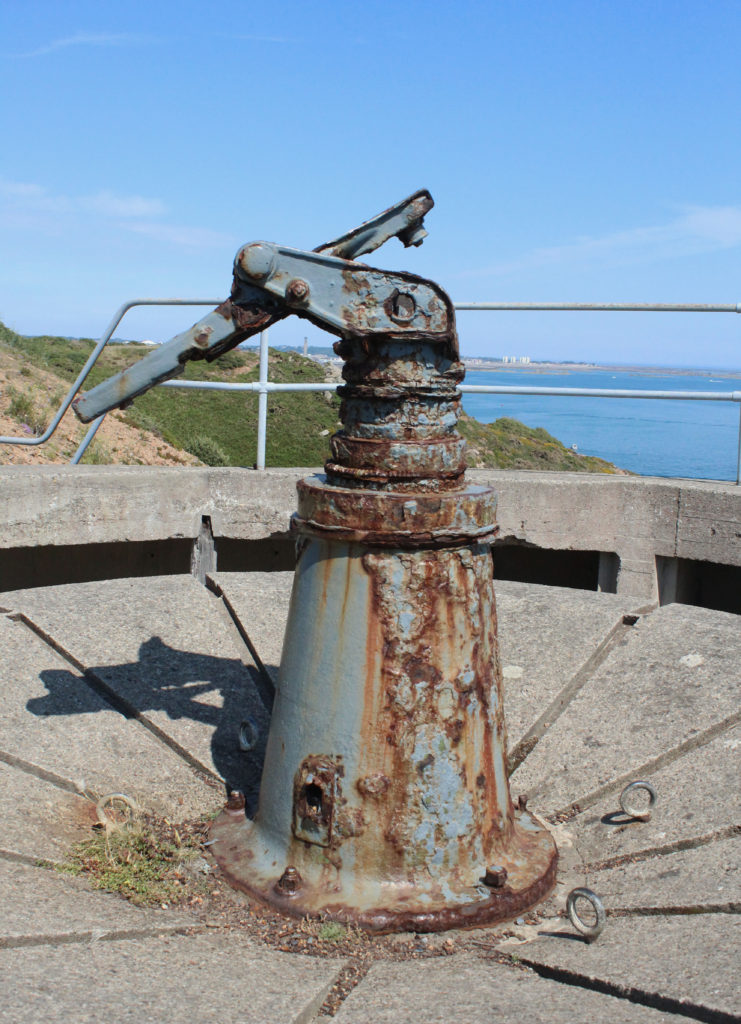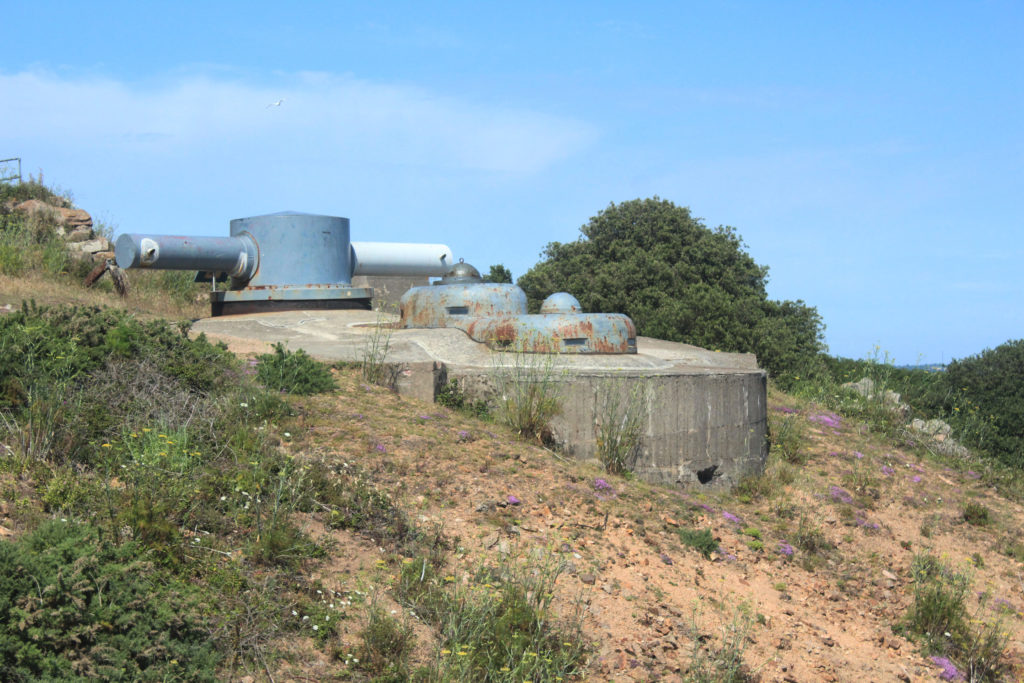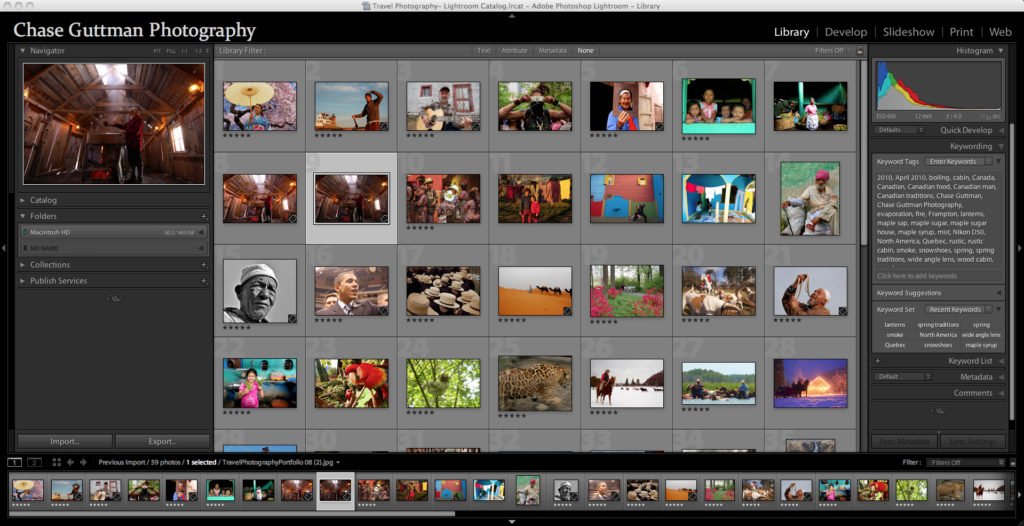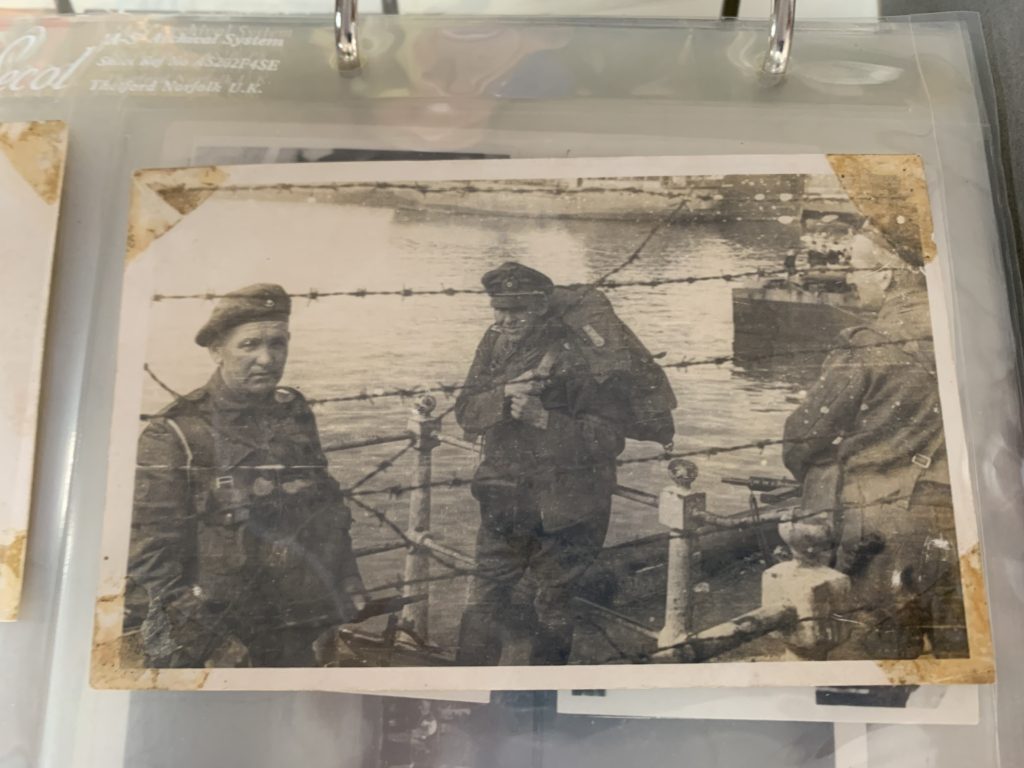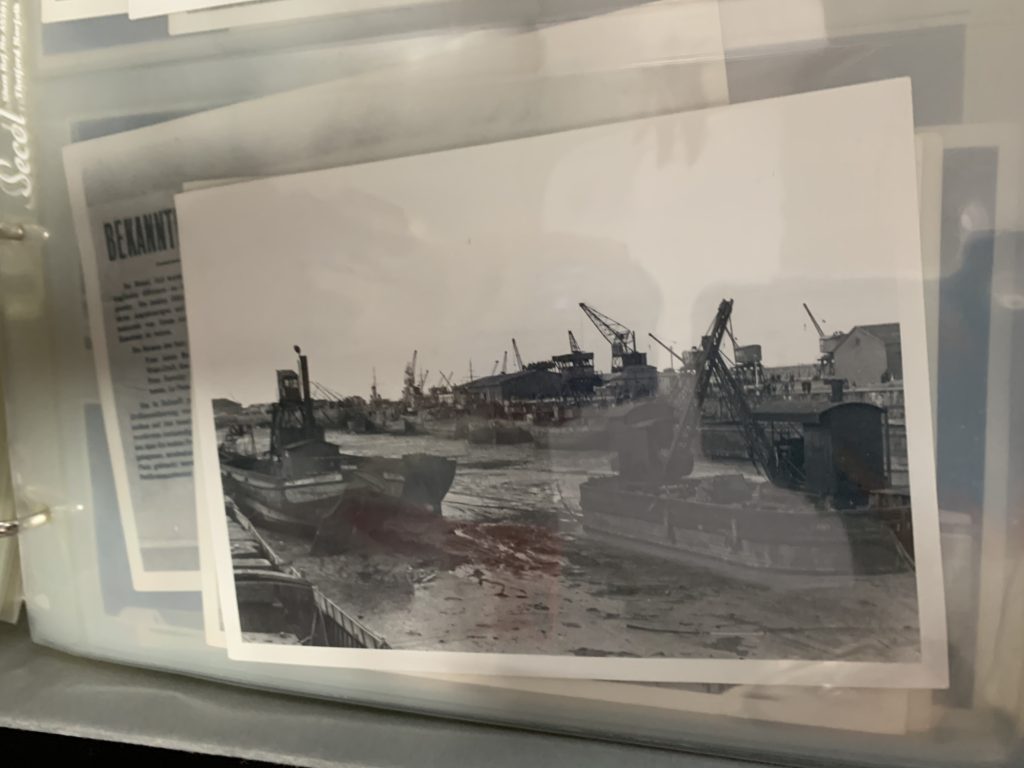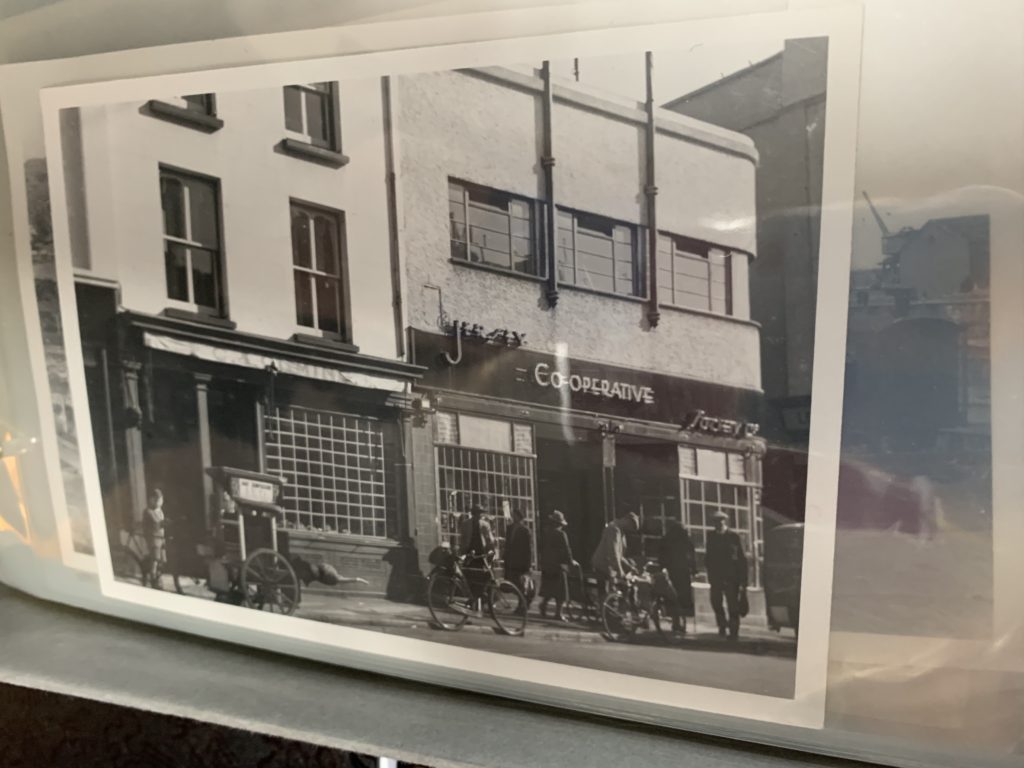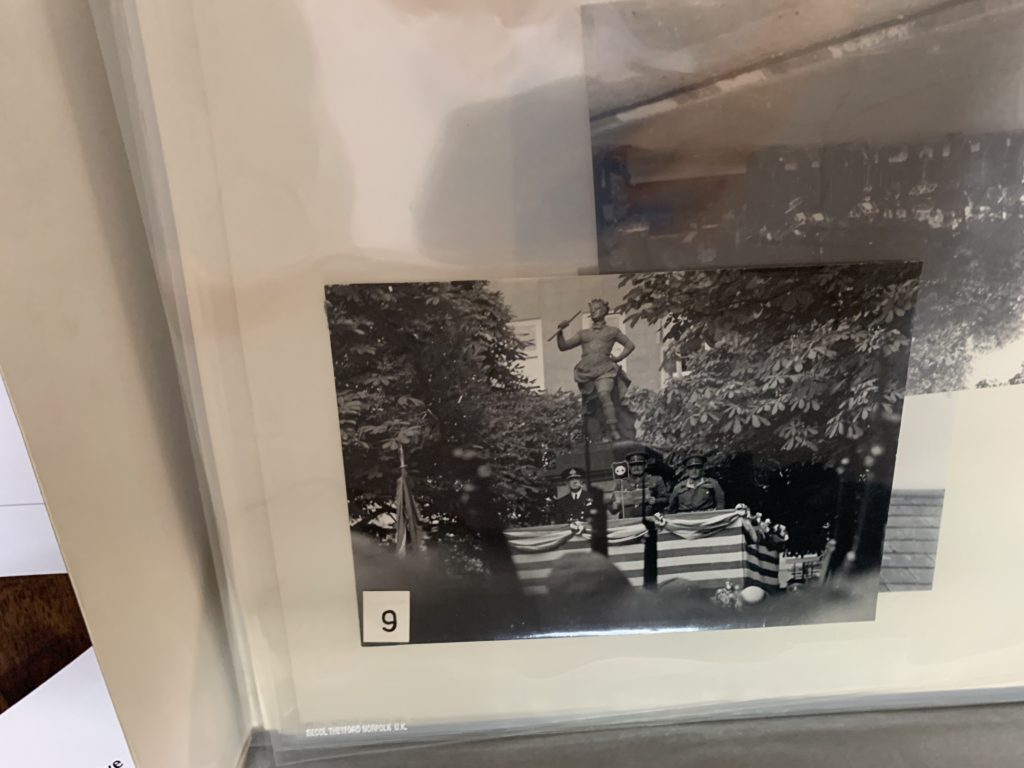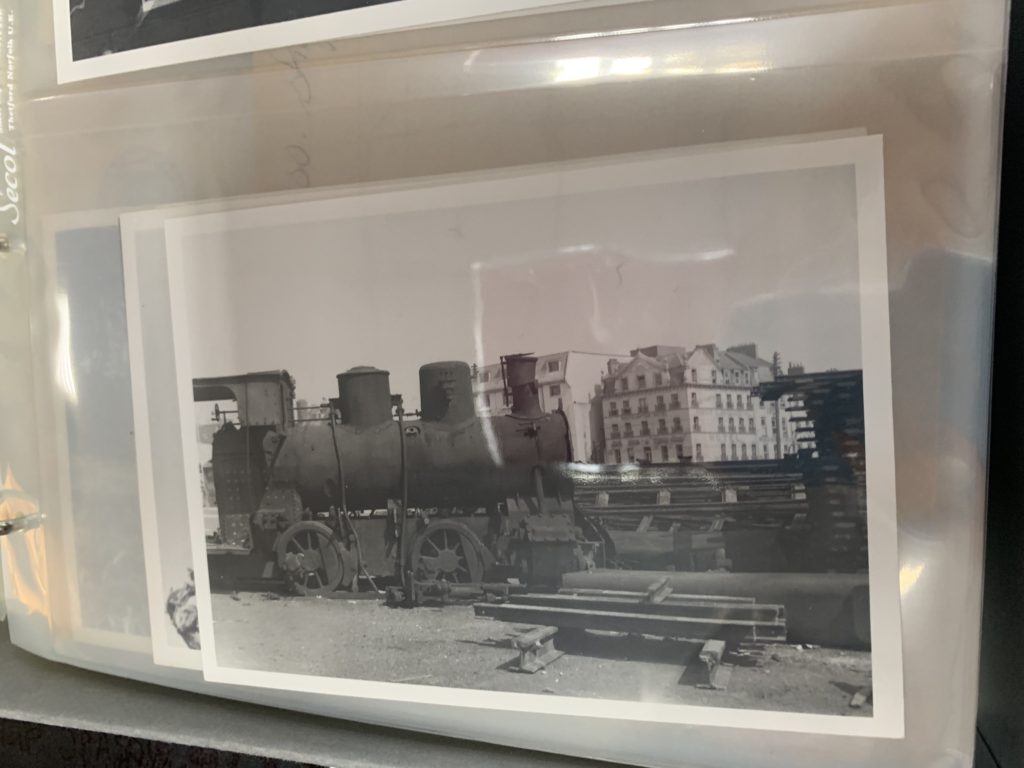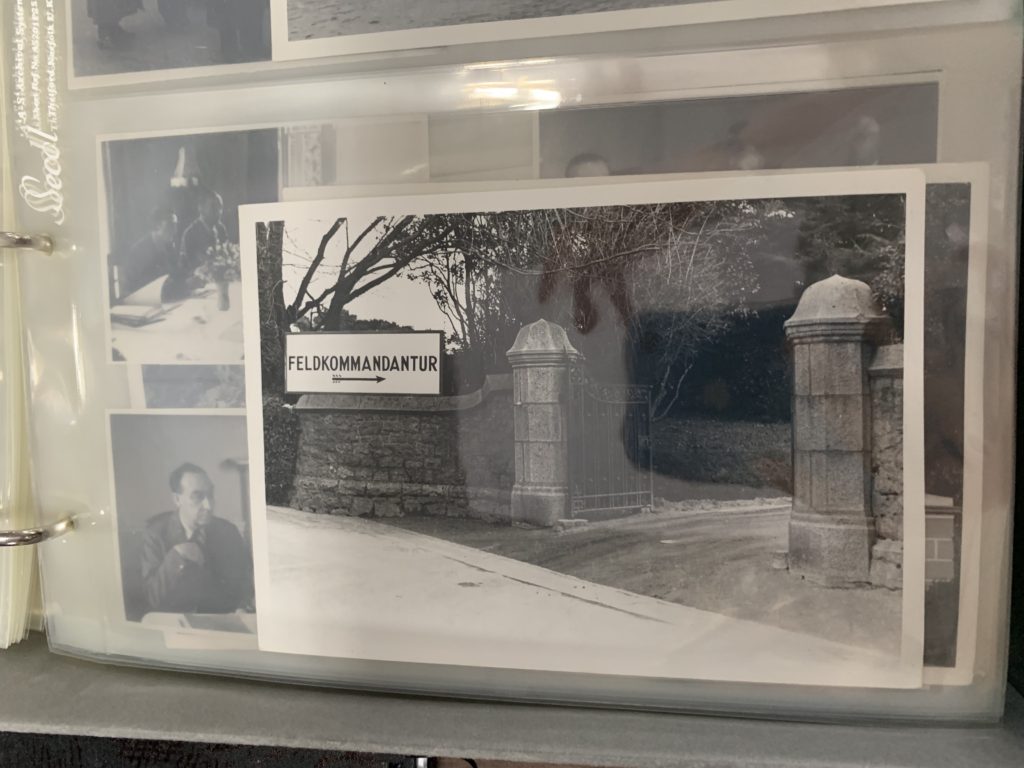The occupation of Jersey began in 1940 on the 1st July and five years later ended on the 9th May in 1945 and was one of the most significant moments in the Channel Islands history.
The arrival:
Before the Germans fully invaded the Channel Island, the Germans wanted to
ensure the that the channel islands had little to no defence, on the 28th June
the Germans sent troops across from the nearby French coast (which had been
recently been occupied by the Germans just a few days before) and landed an air
attack against St Helier harbour in Jersey. German aircraft also strafed La
Rocque Harbour. In total nine people were killed.The Germans then dropped copies of an ultimatum, on Jersey at 5:00am on
Monday the 1st July, with a total of three copies dropped- two in Bath
Street and one at the airport. They were then immediately taken to the Bailiff,
Alexander Coutanche. Coutanche summoned the Royal Court at 9.30am, and
the States met later and passed an Act to comply with the terms of the
ultimatum. Copies of the translation of the ultimatum were put up around the
Island with the following footnote:-
“The States have ordered this Communication to be printed and posted forthwith, and charge the inhabitants to keep calm, to comply with the requirements of the Communication, and to offer no resistance whatsoever to the occupation of the Island.”
Fortification:
Among the lasting legacies left behind by the German from the occupation include fortifications erected around the coast and some at other specific locations. Although many had been destroyed and removed just after the war to remove any remains from the Germans to what the civilians wanted to forget at the time, a lot have now been restored as a reminder of a period otherwise best forgotten. Many guns emplacements, bunkers, towers and other concrete constructions have remained to this day, some are now tourist attractions.
Life in the occupied island:
When the Germans took over the island they also bought a substation about of rules that required all citizens of the Jersey channel Island to follow. For example these included, a daily curfew, a switch to Central European Time, a ban on listening to anything other than German radio stations (subsequently relaxed, but followed later on by a ban on all radio use and confiscation of sets), a ban on private use of motor vehicles, a ban on sales of spirits and an order preventing the raising of prices of any commodity. Initially rationing followed the pattern already imposed before the Germans arrived, but as the Occupation years went by, restrictions became stricter and stricter.
The Jews:
There were many story on how the Jews were treated and their lives, these can be reached through the book written by Frederick Cohen, called The Jews in The Channel Islands during the German Occupation 1940-1945
He writes:
“The implementation of the anti-Semitic Orders in the islands had a substantial effect on the lives of the registered Jews as each measure cumulatively placed further restrictions of their freedom, singling them out from the rest of the community.”
One example given is that of Mr and Mrs Samuel Simon: “For example, Samuel and Beatrice Simon’s great-granddaughter remembered that they lived in a ‘terrible state of fear’, especially after they had received a deportation notice. Their actual deportation having been delayed due to Samuel’s poor state of health.64 They were traumatised by the special curfew imposed upon Jews, and indeed such was their state of fear that they kept their curtains closed all day. Shortly before Samuel’s death the Simons moved to their daughter Ella’s home at Langley Park, St Helier. Samuel died on 7 November 1943.
Liberation:
The Channel Islands were liberated a day after the official end of the war in Europe and this joyous event is celebrated annually on 9 May 1945. The decreasing numbers of islanders present then and alive today have, without exception, vivid memories of the final events of their occupation by German troops.

